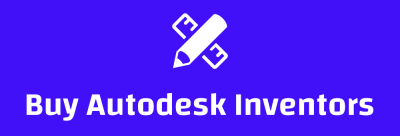Software company LeanIX celebrates 10 years
LeanIX celebrates 10 years of business this month. An international success, LeanIX has quickly earned the trust of 650 customers, including more than 10% of the Global 500, and serves 150,000 users worldwide. This 10th anniversary follows a year in which LeanIX continued to grow by 60%, successfully completed a major acquisition (Cleanshelf), signed the largest contract in the company’s history and was recognized as a Leader in the Gartner Magic Quadrant for Enterprise Architecture Management Tools.
Software company LeanIX celebrates 10 years in business
Looking to the next 10 years, LeanIX co-founder and CEO André Christ outlined his vision for the future of the company and the high-tech industry. “LeanIX has a long-standing commitment to building software that solves massive problems for people across the enterprise. The core problem we will continue to focus on is mastering software complexity to support and accelerate continuous transformation. .”
“Companies have three business goals. They want to deliver better products and experiences to their customers. They want to become more agile so they can do more things faster. And they want to reduce costs. Unfortunately, something big gets in the way of everything. the world. this: the complexity of software and computing,” explains Christ.
The magnitude of this complexity and the speed at which it is growing every day cannot be overstated. There are already over 24,000 public web APIs available. IT teams struggle to secure API endpoints and improve efficiency through reuse. Industry analysts all agree that SaaS spending in the enterprise will continue to grow significantly over the next few years, accounting for more than half of all public cloud spending. Finally, we are seeing the rise of the citizen developer with 65% of development expected to be based on no-code/low-code tools by 2024. Although involving fewer technical users in development improves agility, it also puts pressure on IT to deliver reliable core services and maintain proper governance of the development process.
“Companies must deal with complexity if they want to transform the way they do business. Without a data-driven approach to managing IT and software landscapes, companies will never be able to become more efficient, achieve the agility that “They seek out or create new, innovative customer experiences. To master this, companies need to change the way they change,” says Christ.
For businesses to survive and thrive in the future, they must adopt a culture that can navigate all types of change, planned and unexpected. Leading organizations recognize that the need for change is continuous. It will not stop. For this simple reason, companies will embrace a culture of continuous transformation. This is the only way to undertake the digital transformation of migration to the cloud or the decentralization of the workforce and any major transformation that is required afterwards. It’s also the only way for companies to react quickly to new security vulnerabilities (such as the recent Log4Shell 0-day), deal with emerging competitive threats, or experiment with new technologies.
“We’re redoubling our focus on continuous transformation. The tools we’re building to support this kind of culture are about providing the data, insights, and common language needed to master complexity and bring an entire company together. Let the focus be Whether it’s about streamlining the IT landscape, preparing for a major migration to a new platform, enabling a flexible approach to SaaS management, or mapping the value stream from development to end customer, businesses must continually transform. says Christ.
Subscribe to App Developer Magazine for just $5.99 per month and enjoy all these benefits.


Comments are closed.